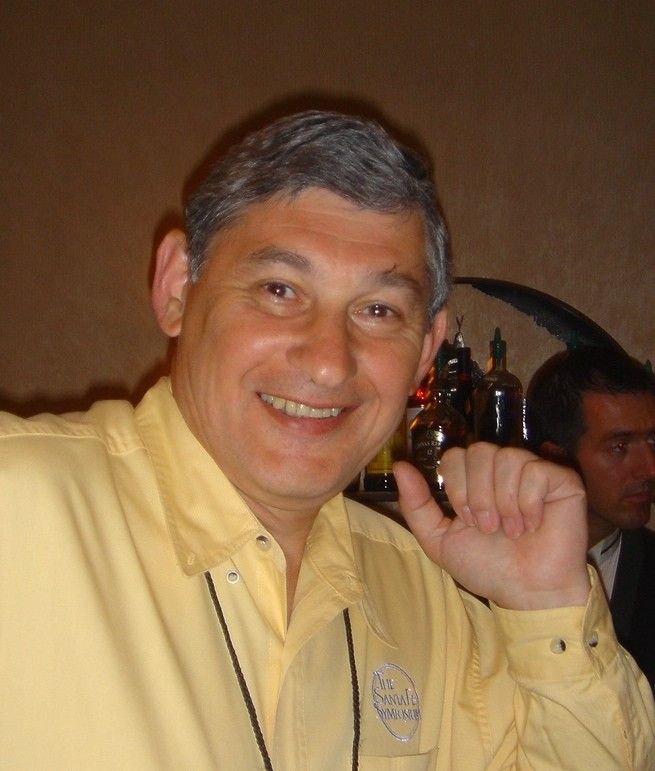Chris Corti
Chris took retirement from World Gold Council in 2004 where he had been Director of Technology, responsible for jewellery technology and industrial applications of gold. He currently is Managing Director of COReGOLD Technology Consultancy and consulted for World Gold Council until 2009. He continues to consult for the Worshipful Company of Goldsmiths, particularly writing many articles in their Technical Bulletin, and the GIA in the USA.
Chris has over 40 years experience in the precious metals industry, with Johnson Matthey, The World Gold Council and COReGOLD Technology. At Johnson Matthey, he was manager of materials technology in their Research Centre, responsible for new product development for both jewellery and industrial applications of all precious metals. He became Technical Director of their Colours & Print division, responsible for decorative and functional product development in the ceramics & glass industry. Moving on to World Gold Council in 1994, Chris became Managing Director, International Technology, responsible for jewellery technology seminar programmes and R & D projects and then in 2000 initiated R & D programmes for new industrial & medical applications for gold.
In this role, he was editor of Gold Bulletin scientific journal until 2009 and editor of Gold Technology journal on jewellery technology until 2002. He has presented regularly at the Santa Fe Symposium on jewellery manufacturing technology in the USA and the Jewellery Technology Forum at Vicenza, Italy for many years and authored many publications on gold jewellery technologies. He also produced and edited the WGC series of Technical Manual and Handbooks on manufacturing technology. He also led the MJSA/WGC task force on defining white golds. More recently, he co-edited a new book, “Gold: Science and Applications”, published by Taylor & Francis , writing the chapter on jewellery manufacturing technology too. He has also published extensively on research and industrial applications of precious and engineering metals and processes.
Currently running his Consultancy, COReGOLD, Chris is a technical consultant to the Worshipful Company of Goldsmiths in London. He has developed and implemented a post graduate lecture programme of underpinning knowledge for jewellery design graduates at the new Goldsmiths Institute. He has consulted for the GIA in the USA and for jewellery companies in India and Egypt.
He has a PhD and first degree in Metallurgy from the University of Surrey in the UK, is a Fellow of the Institute of Metals, Minerals and Mining, a Fellow of the City & Guilds Institute and a Chartered Scientist and Chartered Engineer in the UK. He was awarded the ‘Lifetime Achievement Award’ by the Santa Fe Symposium in 2012 and the ‘Sir Andrew Bryan’ Medal for outstanding service by the Institute of Materials, Minerals & Mining in 2010.
In his early career, Chris worked in industrial research at the Central Electricity Generating Board in the UK and at Brown Boveri Ag (now ABB) in Switzerland and later (before WGC) worked briefly for the Department of Trade and Industry, UK, responsible for surface engineering research programmes. He set up the Link programme and the National Surface Engineering Centre programme.
